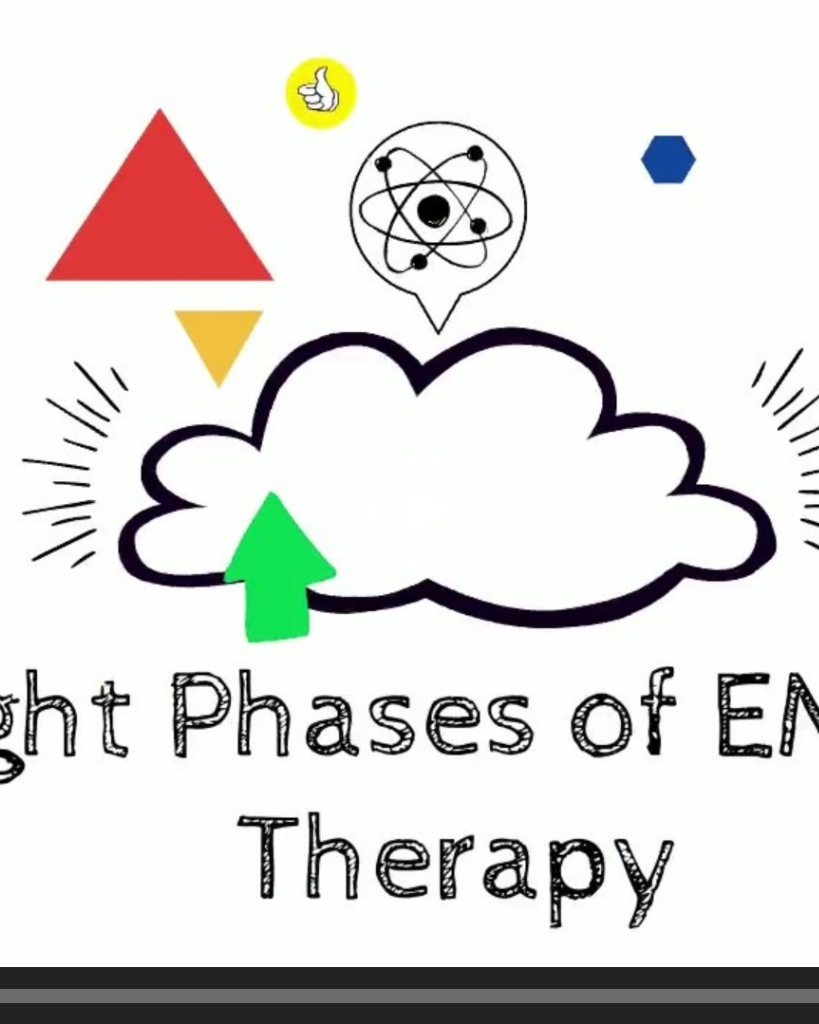Effects of bilateral eye movements on gist based false recognition in the DRM paradigm
The effects of saccadic bilateral (horizontal) eye movements on gist based false recognition was investigated.
Article Abstract
“The effects of saccadic bilateral (horizontal) eye movements on gist based false recognition was investigated. Following exposure to lists of words related to a critical but non-studied word participants were asked to engage in 30 s of bilateral vs. vertical vs. no eye movements. Subsequent testing of recognition memory revealed that those who undertook bilateral eye movement were more likely to correctly recognise previously presented words and less likely to falsely recognise critical non-studied associates. This result joins other research in demonstrating the conditions in which false memory effects can be attenuated.”
—Description from publisher
Article Access
Purchase/Subscription Required
Parker, A. & Dagnall, N. (2007). Effects of bilateral eye movements on gist based false recognition in the DRM paradigm. Brain and Cognition, 63(3), 221-225. https://doi.org/10.1016/j.bandc.2006.08.005
Date
April 1, 2007
Creator(s)
Andrew Parker, Neil Dagnall
Practice & Methods
BLS, Mechanisms of Action
Extent
4 pages
Publisher
Elsevier
Rights
Copyright © 2007 Elsevier Inc. All rights reserved.
APA Citation
Parker, A. & Dagnall, N. (2007). Effects of bilateral eye movements on gist based false recognition in the DRM paradigm. Brain and Cognition, 63, 221-225. https://doi.org/10.1016/j.bandc.2006.08.005
Audience
EMDR Therapists, Other Mental Health Professionals
Language
English
Content Type
Article, Peer-Reviewed
Access Type
External Resource




